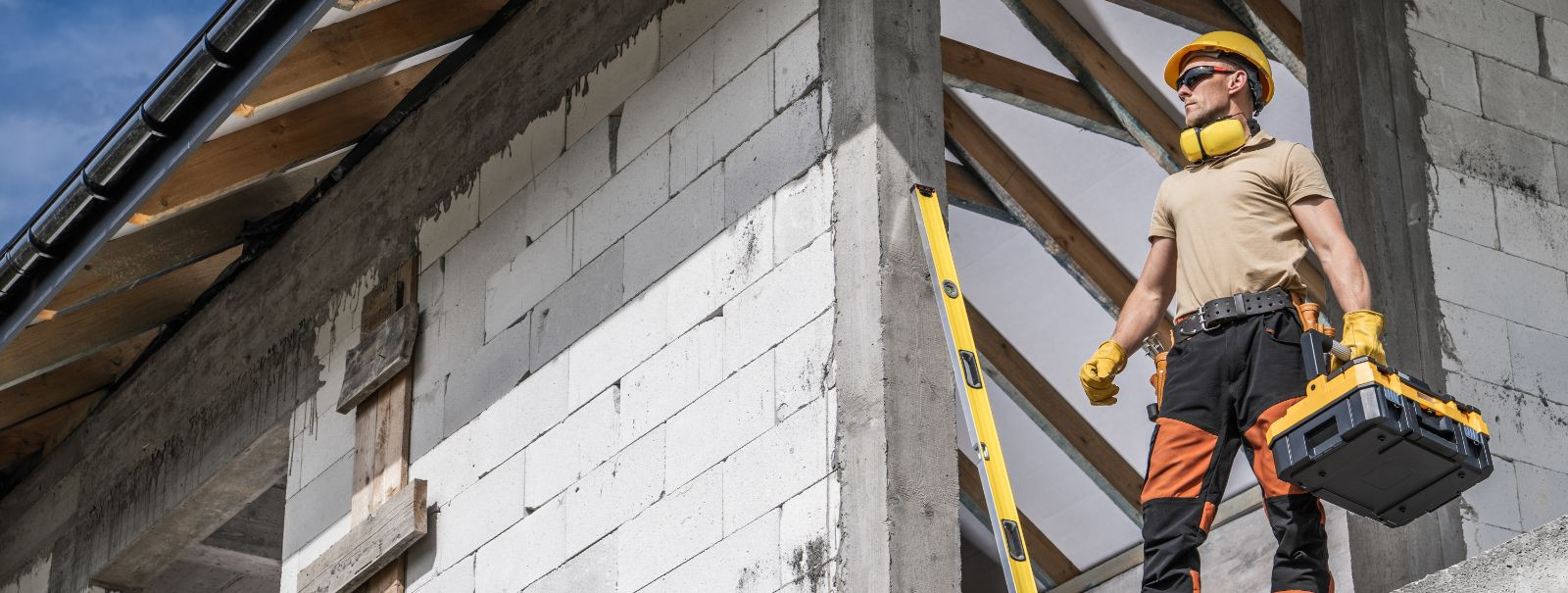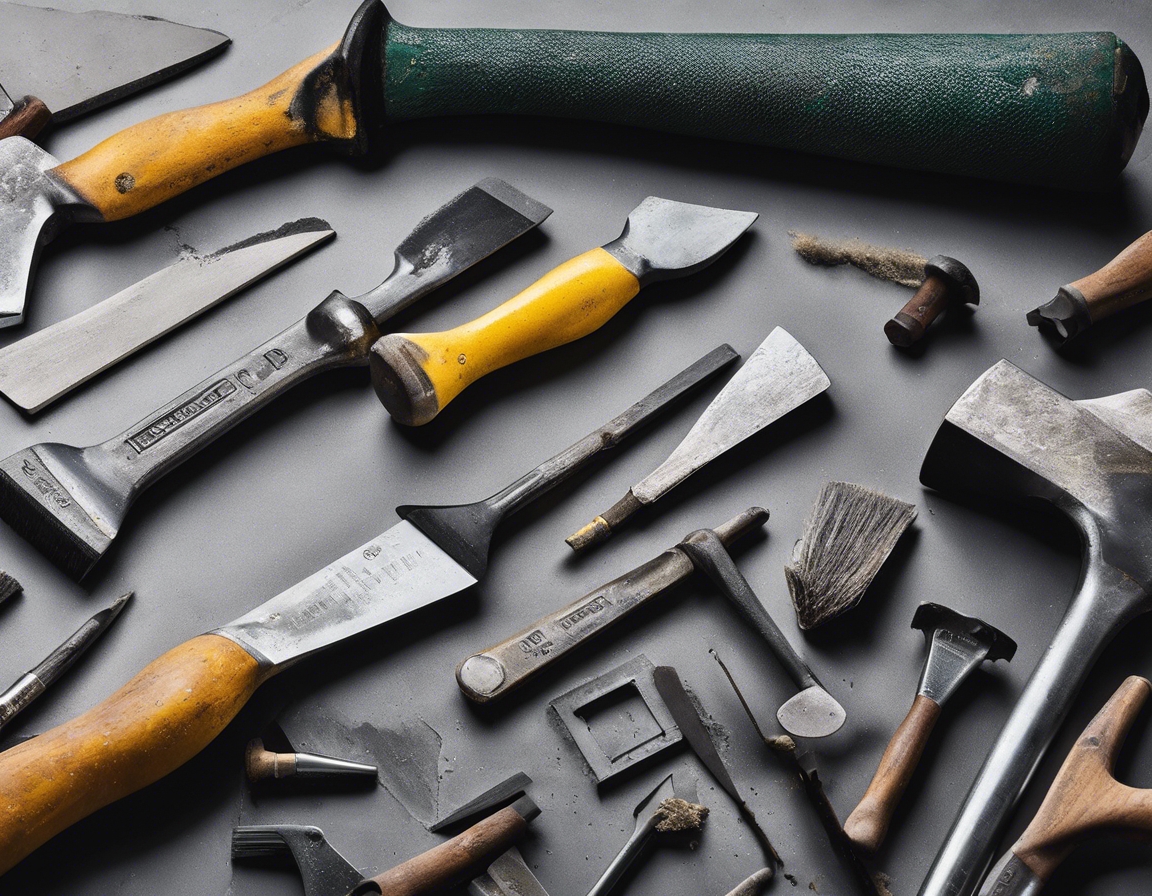The art of restoring historic buildings
Restoring historic buildings is a delicate endeavor that intertwines the preservation of cultural heritage with the demands of modern functionality. It is an art that requires a deep understanding of historical construction techniques, materials, and architectural styles, as well as a sensitivity to the building's historical context and significance.
Historic buildings are tangible links to our past, telling stories of different eras, cultures, and communities. They contribute to the identity of a place and serve as educational resources for future generations. Preserving these structures is crucial for maintaining the cultural continuity and architectural diversity of our urban landscapes.
Restoration projects come with unique challenges, such as adhering to strict preservation standards, dealing with unforeseen structural issues, and balancing historical accuracy with modern building codes and accessibility requirements.
The Restoration Process
The first step in any restoration project is a thorough assessment of the building's condition. This involves detailed documentation, including photographs, drawings, and historical research, to understand the building's original state and subsequent modifications.
Restoration planning must be meticulous, often requiring approval from heritage conservation boards. This stage includes developing a conservation plan that outlines the restoration goals, methods, and timeline.
Selecting the right materials is critical to maintaining the authenticity of a historic building. This often involves sourcing original materials or finding suitable modern equivalents that match the historical aesthetic.
Skilled craftsmen employ a range of traditional and contemporary techniques to restore historic buildings. Best practices involve minimal intervention, reversibility, and compatibility with the original materials and design.
Modern Technology in Historic Restoration
Advanced technologies like 3D scanning and modeling provide precise measurements and visualizations that aid in the restoration process, allowing for accurate reconstructions and adaptations.
Modern structural health monitoring systems can be integrated into historic buildings to track their condition over time, ensuring any issues are addressed promptly to prevent further deterioration.
Incorporating energy-efficient solutions and sustainable practices into historic restorations is becoming increasingly important, balancing the need for modern functionality with environmental responsibility.
Working with the Right Team
The success of a restoration project often hinges on the expertise of the craftsmen and specialists involved. Their knowledge of traditional methods and materials is indispensable.
Architects and engineers with experience in historic preservation play a crucial role in ensuring the structural integrity and historical accuracy of restoration projects.
Effective collaboration with local authorities and historical societies is essential for navigating the regulatory landscape and ensuring that restoration efforts are in line with heritage conservation goals.





Comments (0)